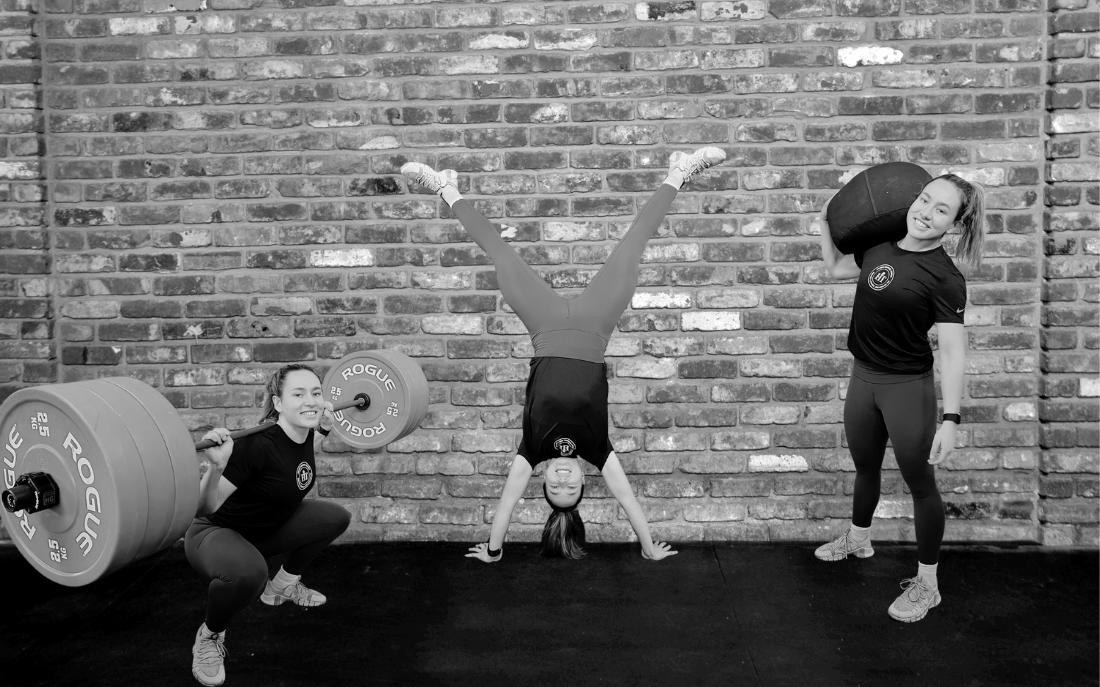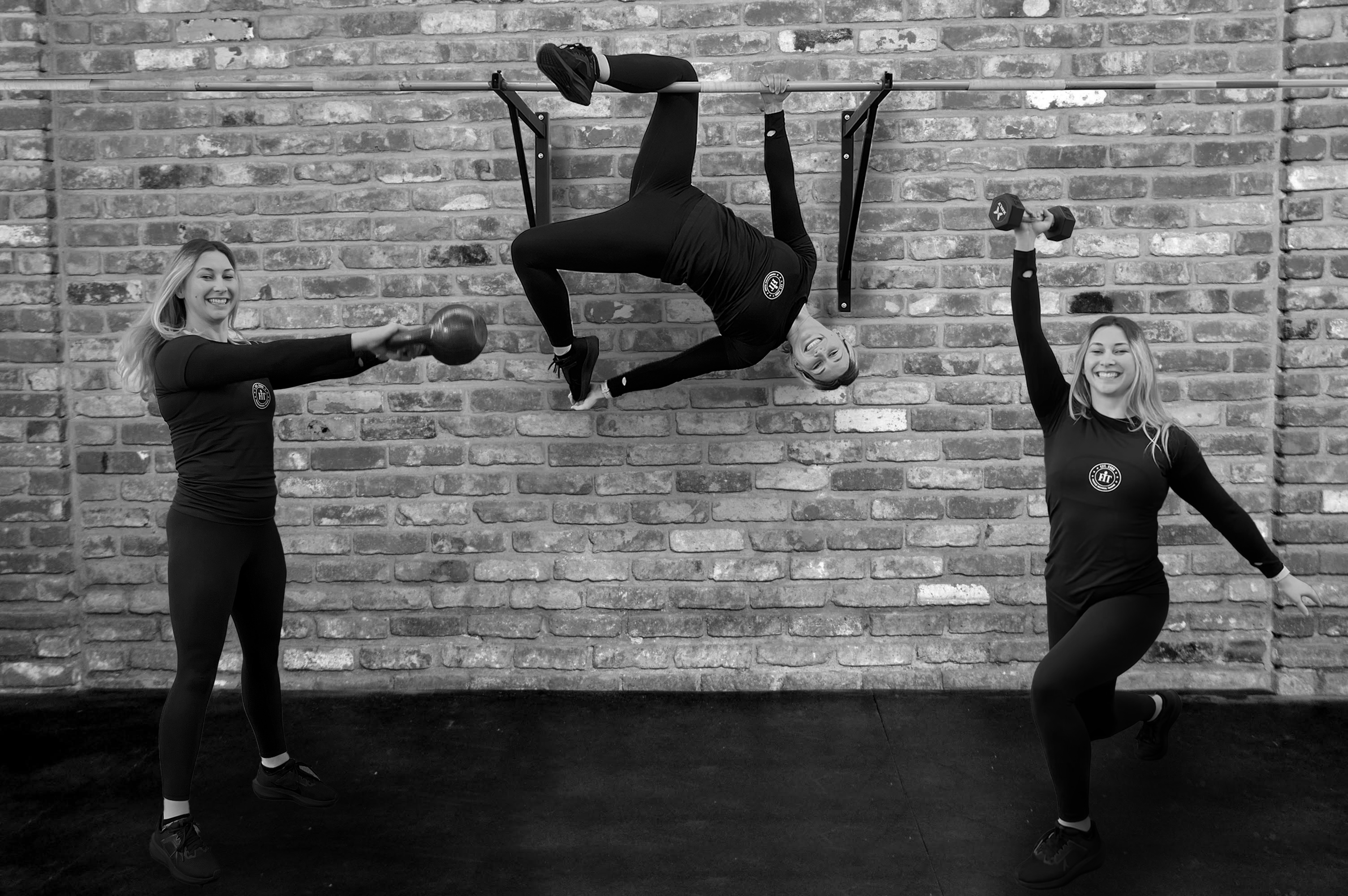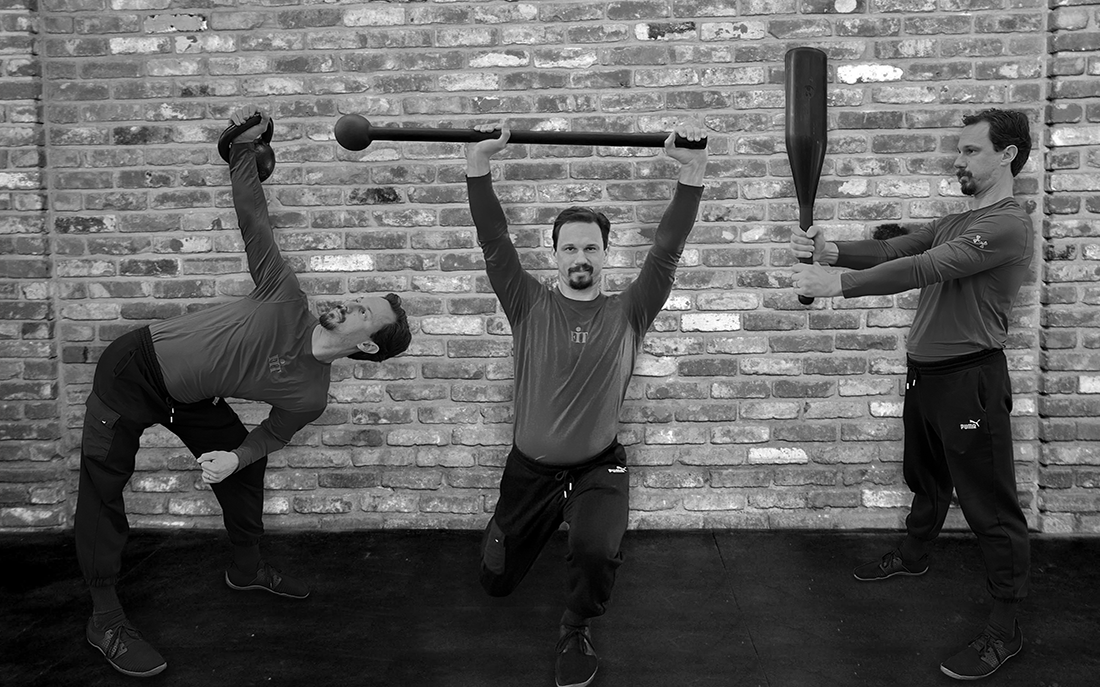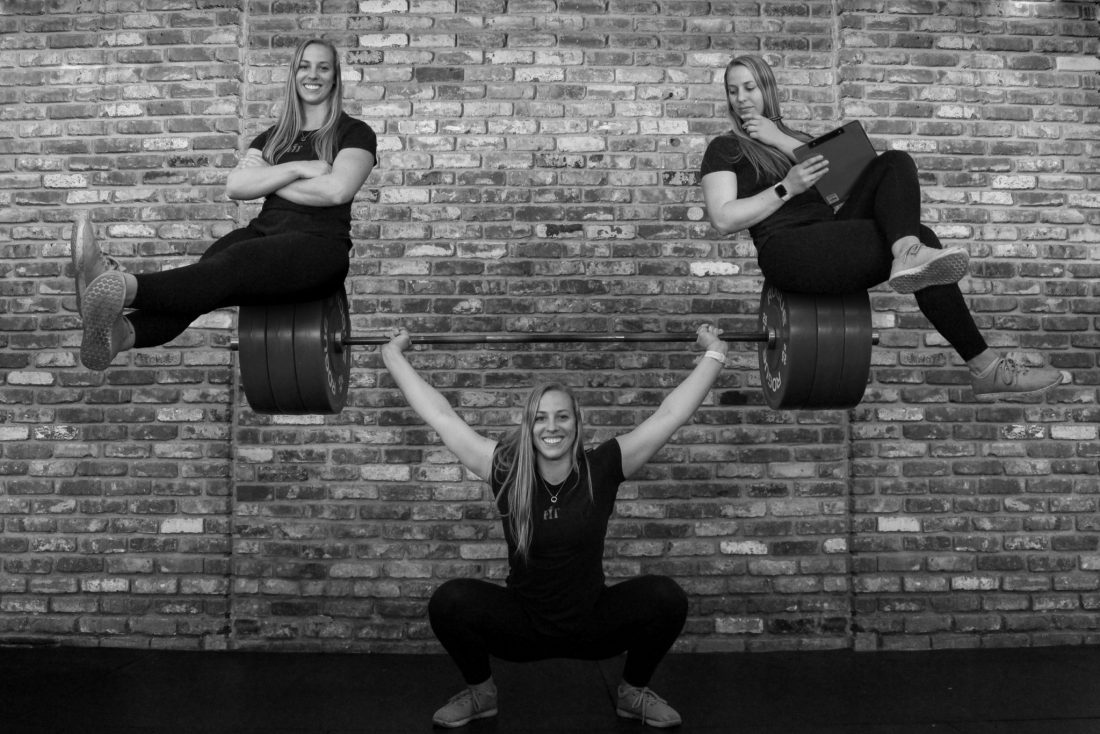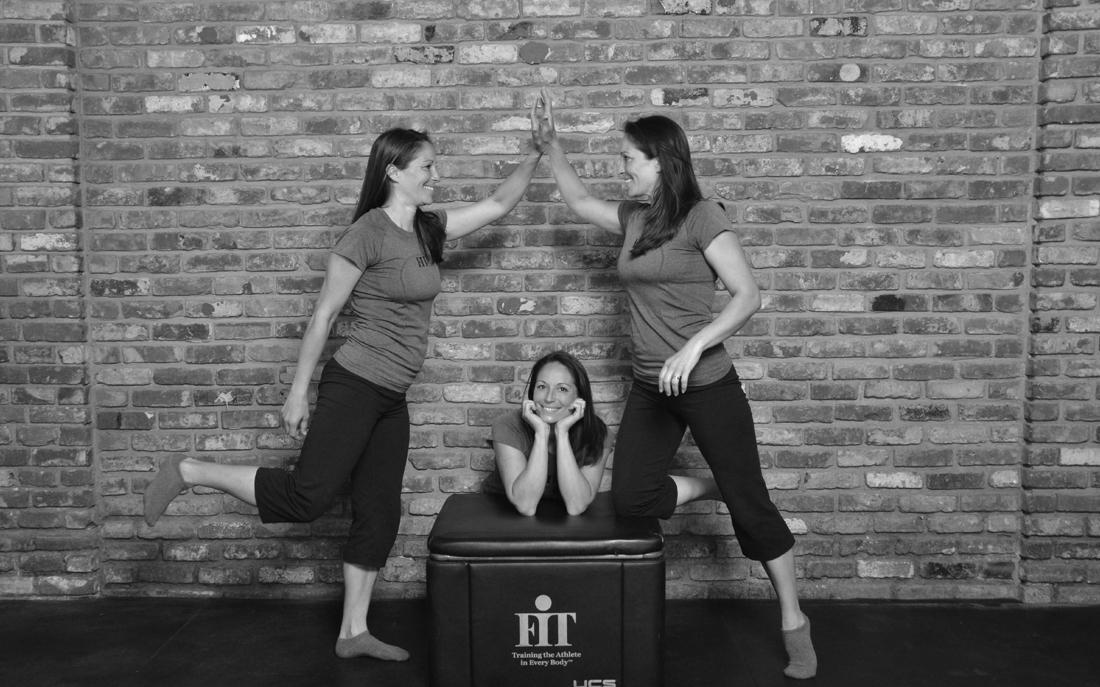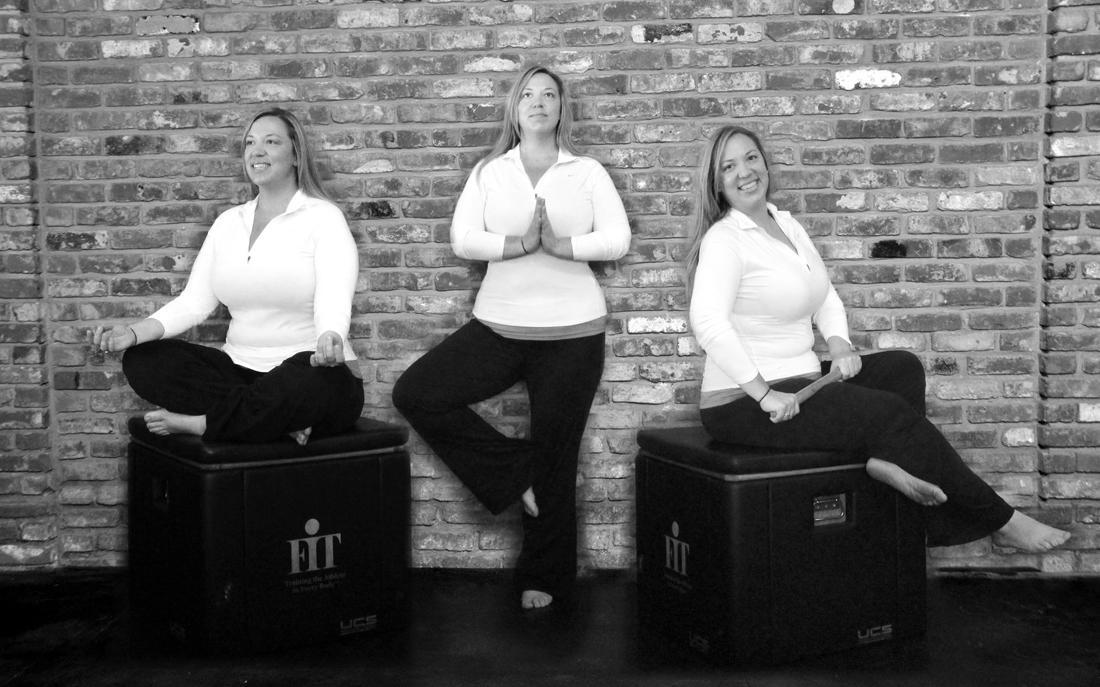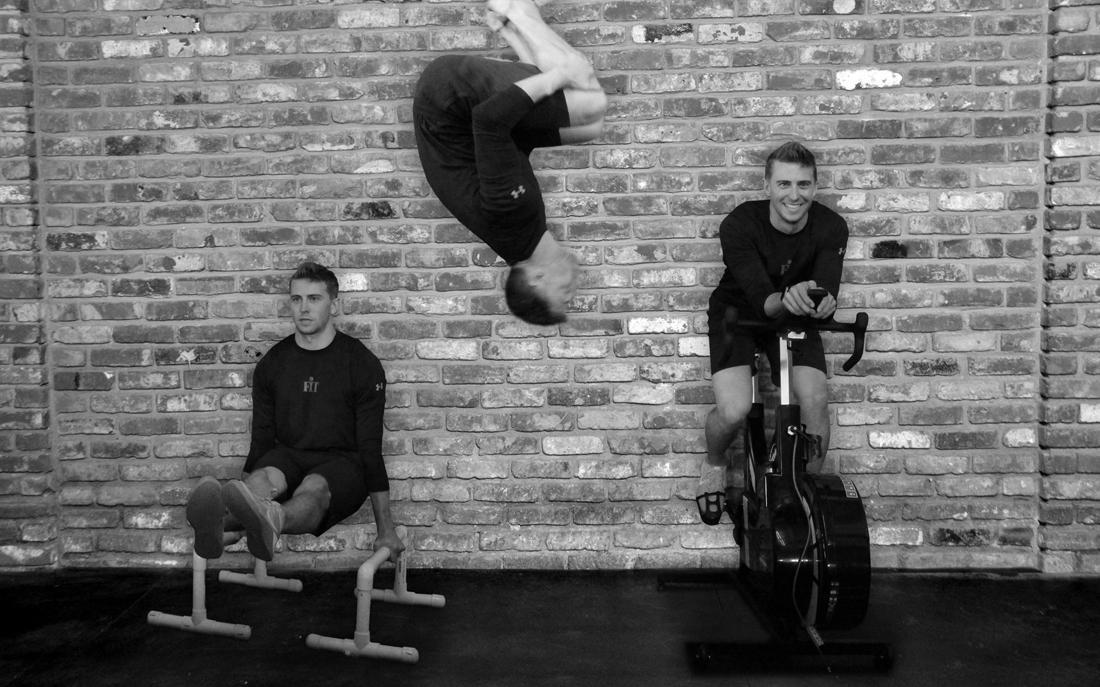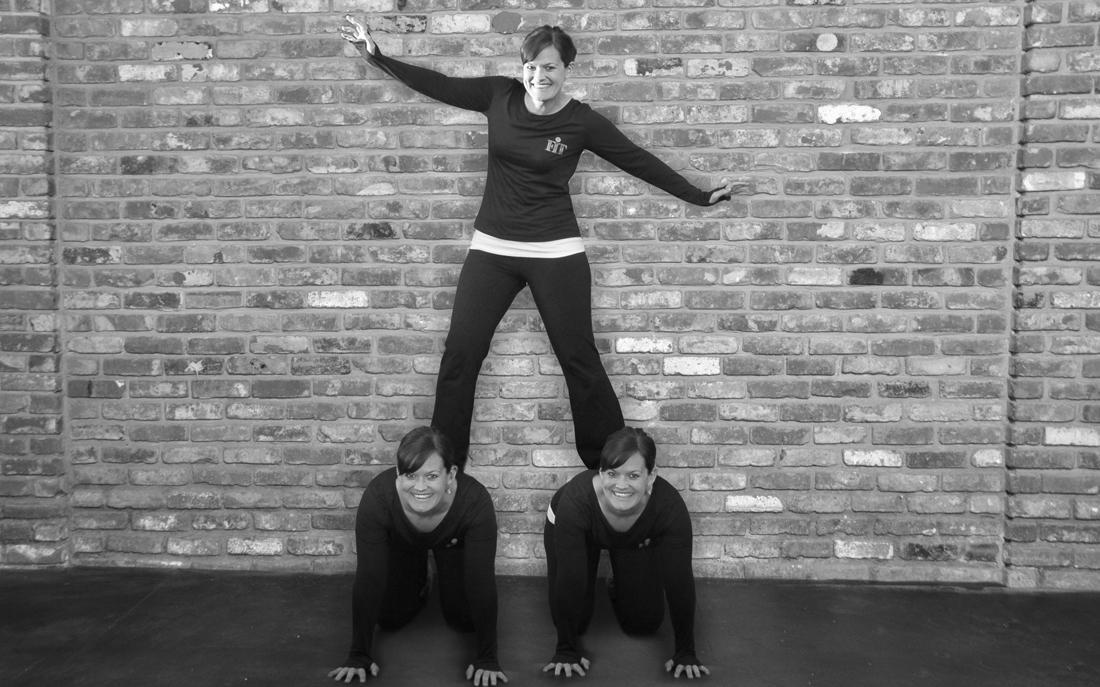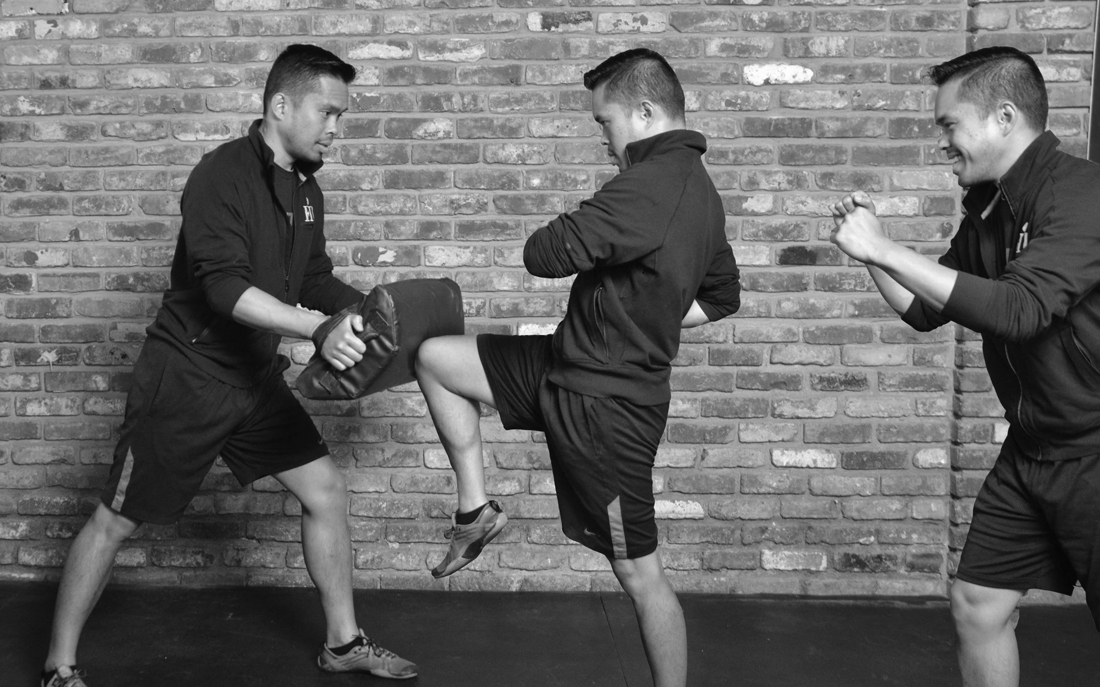When you teach high schoolers, as I did for a number of years, there are very few things that they do that will really surprise you. But spend a day shadowing any student and you will be astounded at how much sedentary time they have: they sit on their way to and from school, they sit for hours on end in class after class, they sit down while they eat lunch with their friends, they go home to sit down and spend hours cranking out homework and updating their Facebook status.
Perhaps the student gets a moment of rest from all this sitting to spend an hour or two at a team practice for a sport. Perhaps not. But with how much sedentary time children and students have, we have to wonder how this affects their health.
A recent study published in The Journal of the American Medical Association (JAMA) examined the association between vigorous physical activity and sedentary time amongst healthy children. Examining cardiometabolic measures–i.e. waist circumference, systolic blood pressure, fasting lipoprotein, and fasting insulin–across more than 20,000 children and adolescents, the study suggests that minimal sedentary time, or more movement through the day, is more important to health than brief bouts of formal, intense exercise in the gym, during a practice, or in a PE class. In other words, time spent in sedentary behavior all day can undo the benefits gained from formal exercise.
The point? Moving more throughout the day–even slow and unstructured movement–is more important to your child’s health than living mostly sedentary with occasional exercise.
It’s important to note that activity is not necessarily just another thing that we do–another box we check off from our to-do lists–but a way of living. Activity is an underlying characteristic to the things we do day to day. To live an active lifestyle does not necessarily mean joining all kinds of teams and clubs and gyms, thus making ourselves even busier than we already are. Living actively means enjoying movement throughout your day.
But what do we do with this? With the pace that we can run in life and the number of things on our plate, sometimes it feels like it is all we can do to get our children out of the chair for those few moments of activity during their PE classes or team practices.
So, take small steps. Here are some ideas. If your child enjoys video games and you own an Xbox Kinect or Nintendo Wii, encourage them to take a “brain break” every 30 minutes or so from their homework for a quick game of ping-pong or tennis. Create challenges for your children each month such as walking or riding their bike (if possible) to and from school. Encourage your children to read their school books while standing up for 10 minutes instead of hunched over the text. Or think up quick five minute games to do during the commercial breaks of your children’s favorite TV shows like playing paddy-cake with your feet instead of your hands (don’t laugh, it’s actually quite difficult).
Perhaps you have already taken steps to encourage more unstructured movement time in your children’s daily routines. If so, please post to the comments to share your ideas and keep the dialogue going. Slow and steady wins the race.
